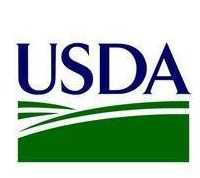Treasury Seeks Public Input on Additional Clean Energy Tax Provisions of the Inflation Reduction Act
WASHINGTON, D.C. – RealEstateRama – The U.S. Department of the Treasury and the Internal Revenue Service (IRS) today issued three additional notices requesting public input on key climate and clean energy tax incentives in the Inflation Reduction Act. The trio of notices follows an initial set of notices requesting comment the Department issued in October.
These Notices are part of Treasury’s ongoing efforts to engage a broad spectrum of taxpayers and stakeholders to inform its work implementing the Inflation Reduction Act. Nearly three-quarters of the bill’s $369 billion climate change investment – $270 billion – is delivered through tax incentives, putting the Department at the forefront of this landmark legislation.
In addition to these Notices requesting public comment, the Department has also been hosting a series of roundtable discussions with key stakeholder groups representing thousands of companies, millions of workers, and trillions of dollars in investment assets, as well as climate and environmental justice advocates, labor unions, community-based organizations, and other key actors that are critical to the success of the Inflation Reduction Act.
And last week, the Department announced it will host Tribal Consultations in late November and a Consultation with Alaskan Native Corporations (ANCs) in early December on key provisions of the Inflation Reduction Act that affect Indian Tribal governments and ANCs.
The Notices issued today seek comment from the public on tax incentives related to: (1) commercial clean vehicles and alternative fuel vehicle refueling property, (2) carbon capture, and (3) clean hydrogen and clean fuel production. Those interested in providing feedback should follow the instructions in the Notices and reply as soon as possible, ideally by December 3, 2022.













